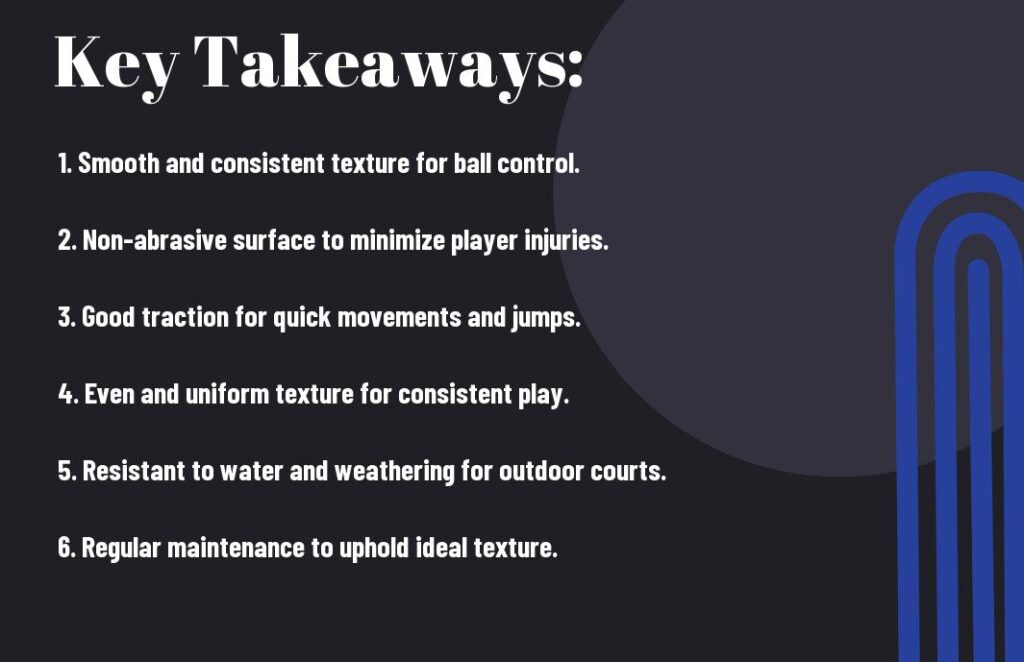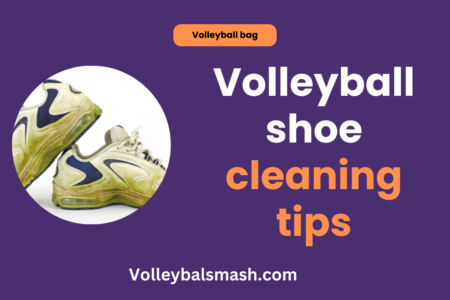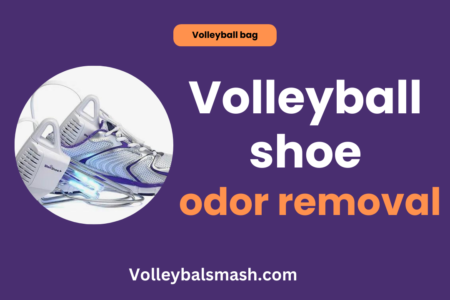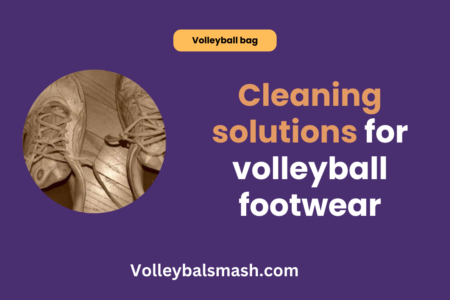Have you ever wondered what makes a volleyball court surface perfect for play? The ideal surface texture for a volleyball court is crucial for ensuring player safety and peak performance. The surface should provide proper traction and grip for players to make quick movements and precise shots, while also minimizing the risk of injuries. In this blog post, we will discuss the key factors that determine the ideal surface texture for a volleyball court, ensuring that you have the knowledge to create the best playing environment for yourself and your team.
Key Takeaways:
- Uniformity: The ideal surface texture for a volleyball court should be consistently smooth, with no irregularities or bumps that could impede the ball’s movement.
- Traction: The surface should provide enough traction to prevent players from slipping, but not so much that it impedes their ability to move quickly and change direction.
- Durability: The surface texture should be durable enough to withstand the constant pounding of players’ feet and the impact of the ball without deteriorating quickly.

Understanding Volleyball Surfaces
One of the crucial aspects of a volleyball court is its surface texture. The right surface can greatly impact the game, affecting the speed and direction of the ball as well as the players’ movements. Understanding the different types of volleyball surfaces and their history can help you make an informed decision on what the ideal surface texture for a volleyball court should be.
History of Volleyball Court Surfaces
The history of volleyball court surfaces dates back to the early days of the sport. Initially, volleyball was played on any available surface, including grass, sand, and even asphalt. Over time, the need for a consistent and safe playing surface led to the development of specialized volleyball courts with carefully chosen materials and textures.
Different Types of Volleyball Court Surfaces
There are several different types of volleyball court surfaces, each with its own unique characteristics and advantages. Some of these include:
- Indoor Hardwood Courts: These provide a fast and controlled playing surface, ideal for indoor competition.
- Outdoor Sand Courts: Sand courts offer a softer surface, reducing the impact on players’ joints and providing a challenging playing experience.
- Artificial Turf: This surface is durable and low maintenance, making it ideal for outdoor recreational play.
- Grass Courts: Grass provides a natural, soft surface, but requires regular maintenance to keep it in top condition for gameplay.
- Modular Flooring: This surface offers versatility and shock absorption, making it suitable for both indoor and outdoor play.
Recognizing the unique characteristics of each type of surface can help you determine the best option for your volleyball court.
The Anatomy of Ideal Volleyball Court Surfaces
Now that you understand the importance of a suitable surface texture for a volleyball court, let’s delve into the anatomy of the ideal volleyball court surfaces. A well-designed volleyball court surface not only enhances player performance but also minimizes the risk of injuries.
Materials Used for Volleyball Court Surfaces
When it comes to the materials used for volleyball court surfaces, there are several options to consider. Some of the most common materials include asphalt, concrete, and synthetic materials such as polyurethane or rubber. Each material has its own set of advantages and disadvantages, so it’s crucial to choose the right one based on your specific needs and preferences. For instance, asphalt provides excellent durability and traction, while synthetic materials offer a more consistent playing surface and shock absorption. Your choice of material will greatly influence the overall texture of the volleyball court surface.
Balance Between Friction and Smoothness
Another critical aspect of the ideal volleyball court surface texture is finding the right balance between friction and smoothness. Too much friction can lead to excessive wear and tear on players’ joints, while too much smoothness can hinder traction and lead to slipping hazards. The ideal volleyball court surface should provide enough grip for quick movements and dynamic plays, without causing unnecessary strain on the players’ bodies. Achieving this balance is essential for promoting a safe and high-performing playing environment.
Impact of Surface Texture on Player Performance
To truly understand the significance of surface texture on a volleyball court, it is important to consider how it directly impacts player performance. From the way players move on the court to how the ball behaves, the surface texture can greatly influence the game and overall player experience. Let’s break down the impact of surface texture on player performance.
Influence of Surface Texture on Player Movements
Surface texture plays a vital role in determining how players move on the court. A smooth surface allows for quick movements and swift transitions, enabling players to cover the court efficiently. Conversely, a rough surface can impede movement and increase the risk of injury due to higher levels of friction. Your ability to maneuver and react to the game is directly affected by the surface texture, so it’s crucial to consider this aspect when evaluating a volleyball court.
Effect of Surface Texture on Ball Behaviors
The surface texture of a volleyball court significantly impacts the behavior of the ball during play. A smooth surface allows for consistent ball movement, making it easier to predict and control the ball’s trajectory. On the other hand, a rough surface can cause unpredictable bounces and deflections, posing challenges for players in anticipating the ball’s path. The choice of surface texture directly influences the dynamics of the game and your ability to adapt to the ball’s behavior.
The Imperatives of Proper Maintenance of Volleyball Courts
Lastly, it is essential to understand that proper maintenance of volleyball courts is crucial for ensuring the longevity and performance of the surface. Failure to maintain the court properly can lead to safety hazards, decreased playability, and a shortened lifespan of the court. To ensure that your volleyball court remains in top condition, you must adhere to regular maintenance procedures and address any common problems promptly and effectively. For more information on volleyball courts, visit Volleyball Courts.
Regular Maintenance Procedures
Regular maintenance of your volleyball court is essential to keep the surface in prime playing condition. This includes sweeping the court regularly to remove debris and loose material, inspecting and repairing any cracks or damage to the surface, and checking and adjusting the net tension. By adhering to these maintenance procedures, you can ensure a safe and optimal playing surface for you and your fellow players.
Common Problems and Solutions for Volleyball Court Surfaces
One of the most common problems you may encounter with volleyball court surfaces is the development of uneven areas or low spots, which can lead to safety hazards and compromised playability. Additionally, the accumulation of moisture or infestation of mold and mildew can pose serious health risks and deteriorate the surface. It is crucial to address these issues promptly and effectively to maintain the integrity of the court. Implementing proper drainage systems and regular cleaning can help prevent these problems and ensure a safe and enjoyable playing experience.
The Ideal Surface Texture for a Volleyball Court
The ideal surface texture for a volleyball court is one that strikes a balance between providing enough grip for players to make quick and precise movements, while also offering enough slip for sliding and diving. A slightly rough texture, such as a composite rubber or sand-filled synthetic grass, is often preferred as it allows for proper traction without causing injury. Additionally, a consistent and level surface is crucial to avoid unpredictable bounces and injuries. Overall, ensuring that your volleyball court has the ideal surface texture is essential for the safety and performance of players.
FAQ
What is the ideal surface texture for a volleyball court?
The ideal surface texture for a volleyball court is a non-abrasive, textured surface that provides sufficient traction for players while also allowing for quick movements and jumps. It should not be too slippery or too rough, as both extremes can lead to increased risk of injury.
What are the benefits of having the right surface texture for a volleyball court?
Having the right surface texture for a volleyball court can significantly enhance player performance and safety. The right texture allows players to make quick and precise movements, reduces the risk of slipping or falling, and minimizes the impact on players’ joints during jumps and dives.
How can the ideal surface texture for a volleyball court be maintained?
To maintain the ideal surface texture for a volleyball court, regular maintenance is essential. This includes regular cleaning to remove dust, dirt, and debris that can affect the texture, as well as resurfacing or retexturing as needed to restore the optimal playing surface. Additionally, monitoring and controlling the moisture levels of the court can also help maintain the ideal texture.



